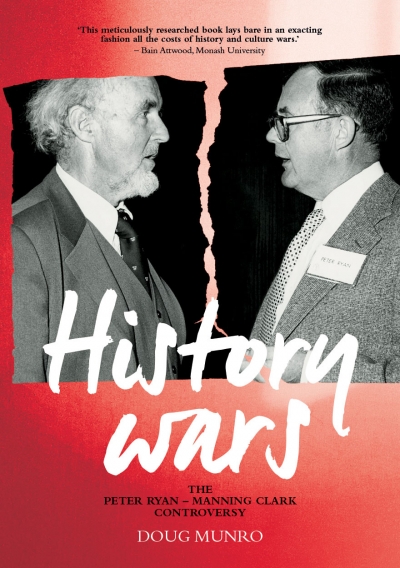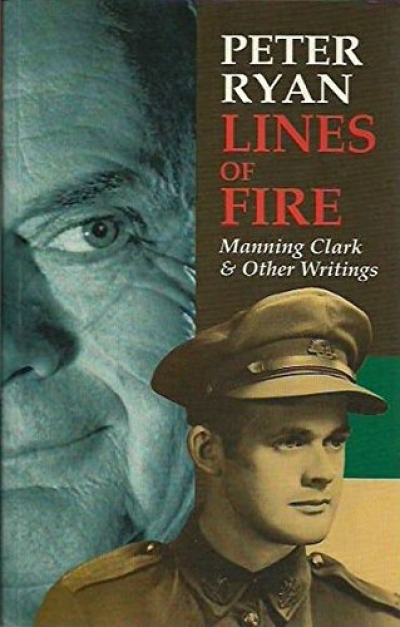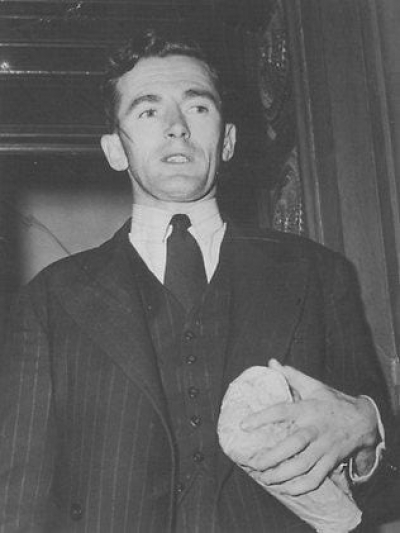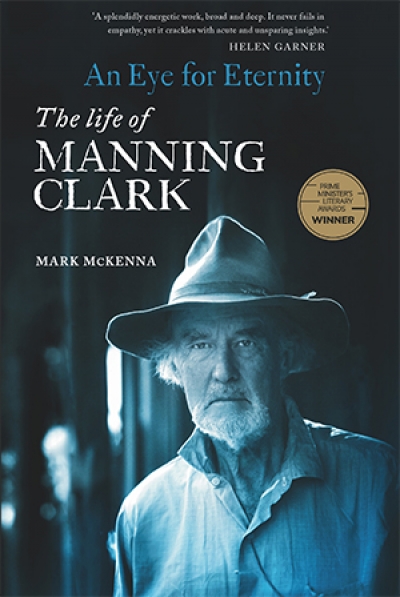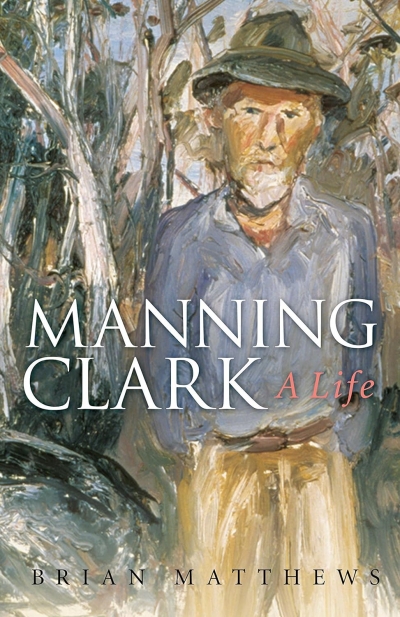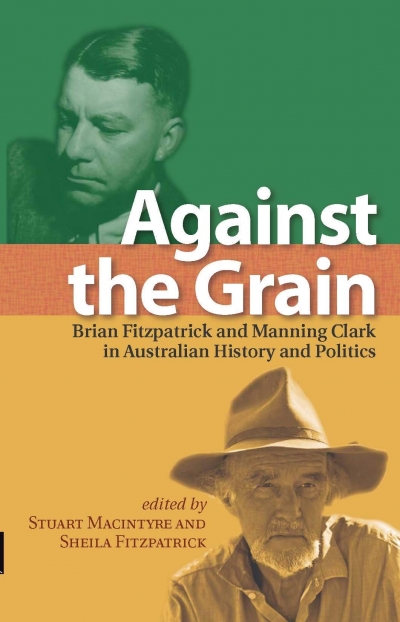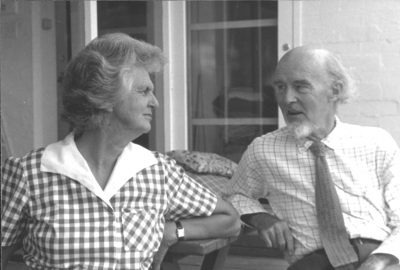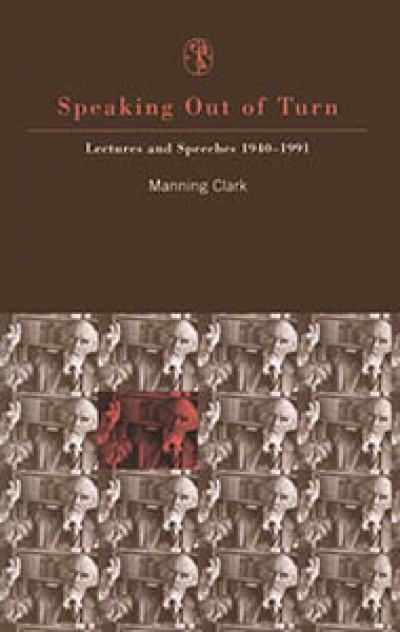Manning Clark
History Wars: The Peter Ryan–Manning Clark controversy by Doug Munro
Lines of Fire: Manning Clark and Other Writings by Peter Ryan
La Trobe University Essay | 'A BIG LIE: Manning Clark, Frank Hardy and "Fictitious History"' by James Griffin
‘People are not entitled in a civil society to pursue a malicious campaign of character assassination based on a big lie.’ This was Andrew Clark, son of the historian Manning Clark, expressing understandable outrage on behalf of his family. The issue was the infamous allegation, based on nebulous evidence, that Manning was ‘an agent of Soviet influence’ and had been awarded the Order of Lenin. Unfortunately, as the Clarks will know, the big lie, even when refuted, spreads across generations. Although the onus is supposed to be on the accusers to prove their allegations, in reality it is easily, plausibly reversed.
... (read more)An Eye for Eternity: The Life of Manning Clark by Mark McKenna
Against the Grain: Brian Fitzpatrick and Manning Clark in Australian history and politics edited by Stuart Macintyre and Sheila Fitzpatrick
Mark McKenna’s analysis of Manning Clark’s Kristallnacht episode (The Monthly, March 2007) – in which he shows that Clark was not in Bonn on Kristallnacht, that he arrived a couple of weeks later, but that in ensuing years he appropriated his fiancée Dymphna’s experience and account and made it his own without any attribution – may be further illuminated, given another dimension, if we look more closely not at Clark, who, as McKenna shows, wasn’t there, but at Dymphna, who was.
... (read more)Manning Clark married Dymphna Lodewycks in 1939. In the following years they lived in Oxford, Tiverton, Geelong and Melbourne, before moving to Canberra in 1949. On 29 October 1953 they took up residence in a new house, designed by their friend Robin Boyd, in Tasmania Circle, Forrest. It was to be their home for the rest of their lives. It was not a particularly large house, and the Clarks and their six children must have found it cramped at times. The only upstairs room was Manning’s study, reached by a ladder from the entrance hall. It was in this room, with its view of Mount Ainslie and Black Mountain, that he wrote the six volumes of A History of Australia, several other books, and countless articles, reviews, lectures and speeches.
... (read more)Speaking Out of Turn: Lectures and speeches, 1940–1991 by Manning Clark
I’ve told this story before, but perhaps I might give it one last run ... There I was at a NSW Premier’s Literary Award dinner, giving the annual address and I wanted to say, in passing, that much verse and most fiction, like most of anything else, are more likely to be products of imitation than of imagination. On the other hand, essays, history, philosophy, prose sketches, social, political and cultural analysis, popularisations of specialist scholarly stuff and all kinds of criticism can at times be more imaginative than verse or fiction – and display greater literary qualities.
... (read more)
